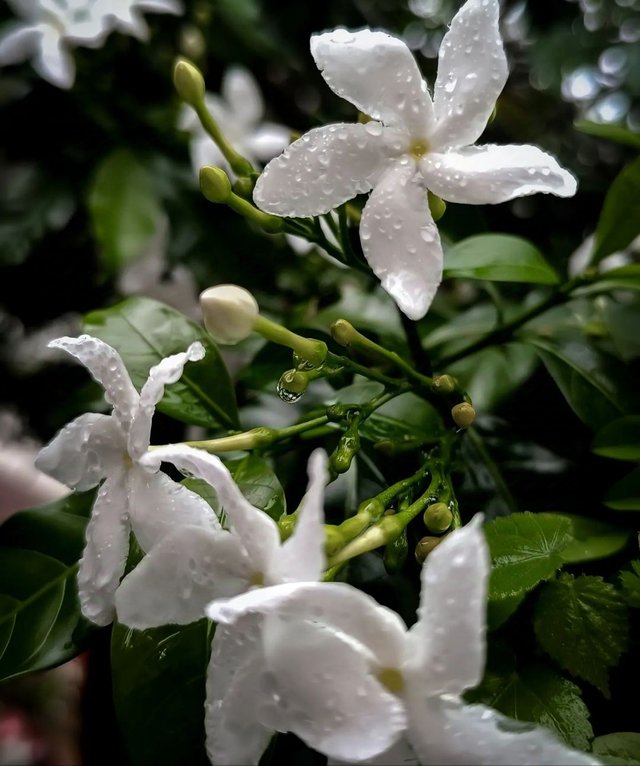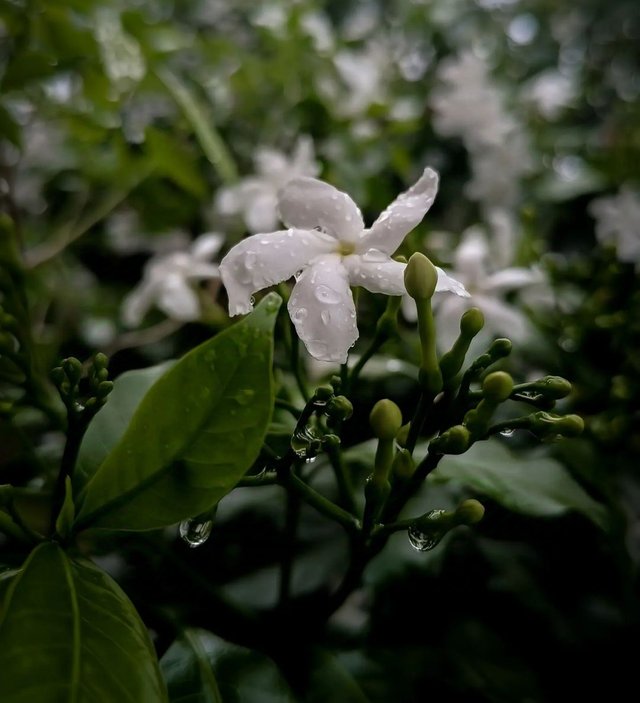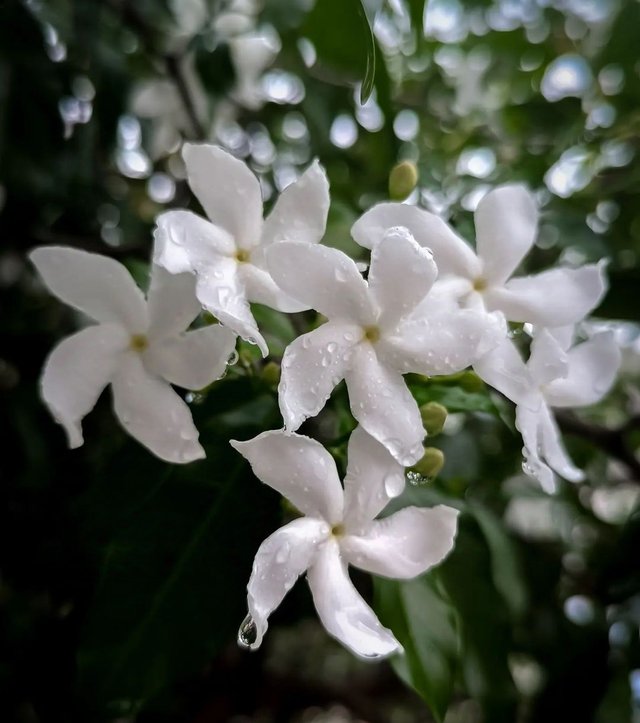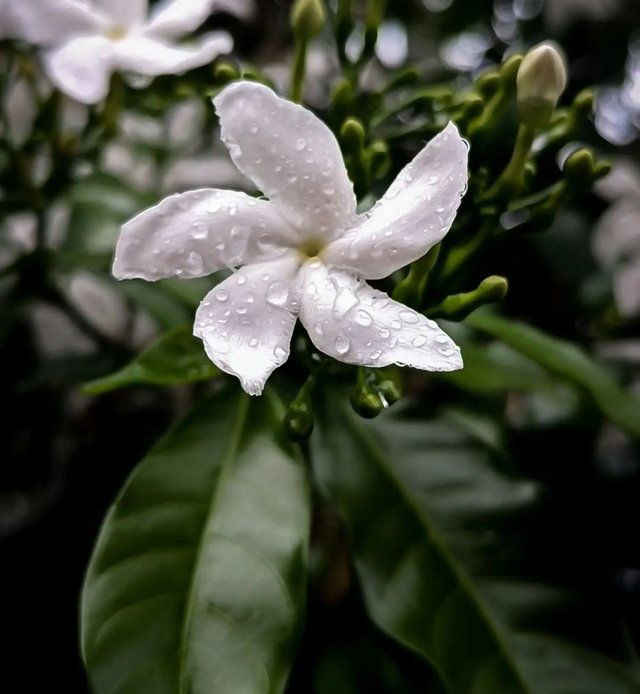Arabian jasmine is a captivating and aromatic flowering plant cherished across many cultures, especially in tropical and subtropical regions. Known for its enchanting fragrance and delicate white blooms, this plant holds a prominent place in traditional medicine, perfumery, religious rituals, and even cuisine. In this post, we'll explore the botanical characteristics, cultural significance, and practical uses of Arabian jasmine.
Botanical Characteristics
Arabian jasmine is a member of the Oleaceae family and is native to Southeast Asia, though it has spread widely due to its beauty and versatility. The plant is an evergreen shrub or vine that can grow between 1 to 3 meters tall, depending on how it's cultivated. The leaves are dark green, oval, and glossy, providing a rich backdrop for the star-shaped white flowers, which bloom year-round in warm climates.
The flowers of Arabian jasmine are small but visually striking. They open up in the evening, releasing an intoxicating fragrance that is often described as sweet and floral with a hint of spice. The blooms usually grow in clusters and are most fragrant at night, attracting pollinators such as moths.
Arabian jasmine thrives in warm, humid climates and is best suited for USDA hardiness zones 9 to 11. It prefers full sun to partial shade and grows well in well-draining soil. When grown indoors or in cooler climates, it's commonly kept as a potted plant that can be moved indoors during colder months.
Cultural and Religious Significance
Arabian jasmine holds significant cultural importance in various parts of the world, particularly in South and Southeast Asia and the Middle East. In many countries, the flower is associated with love, purity, and beauty.




Thanks For Reading
Device Information
| Device | Redmi Note 10 Pro |
|---|---|
| Lens | 64 mp |
| Location | Bangladesh |
